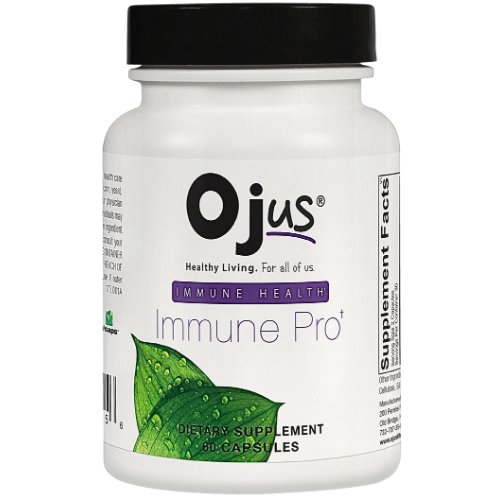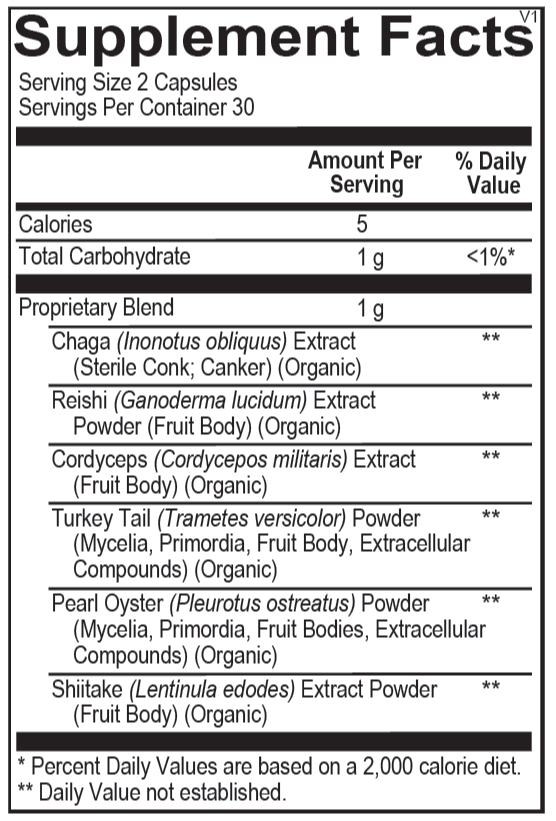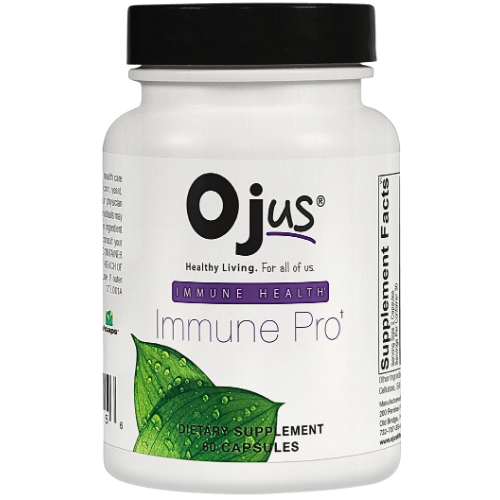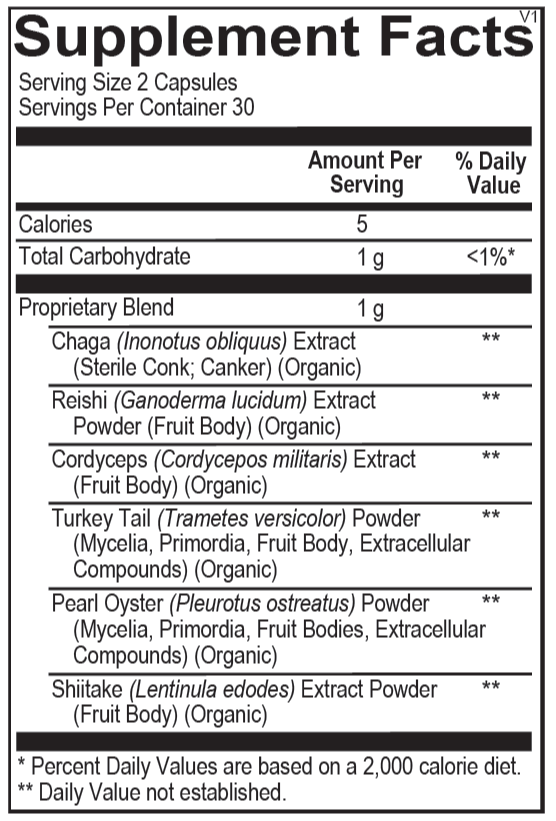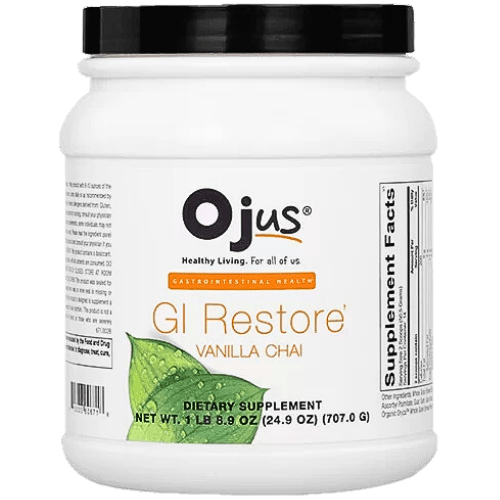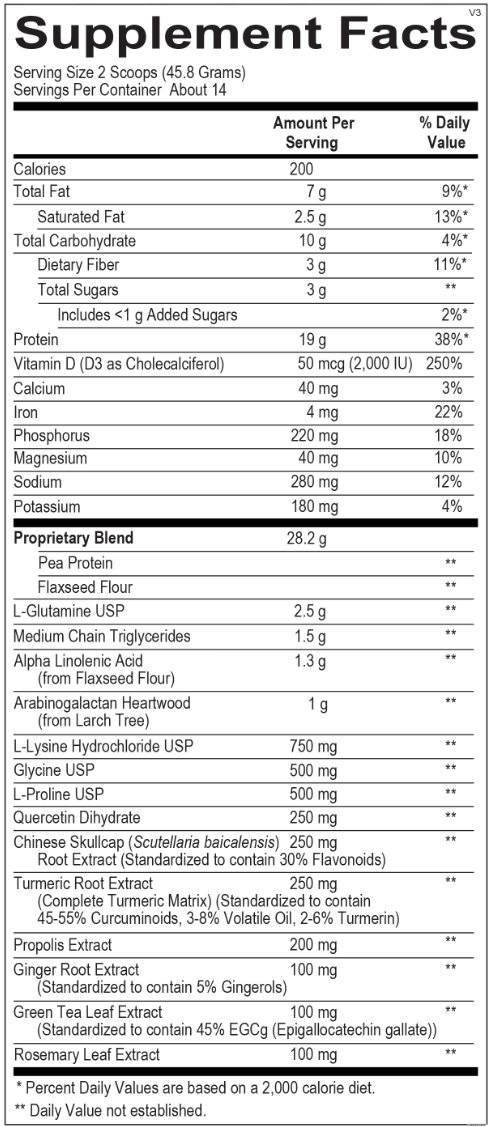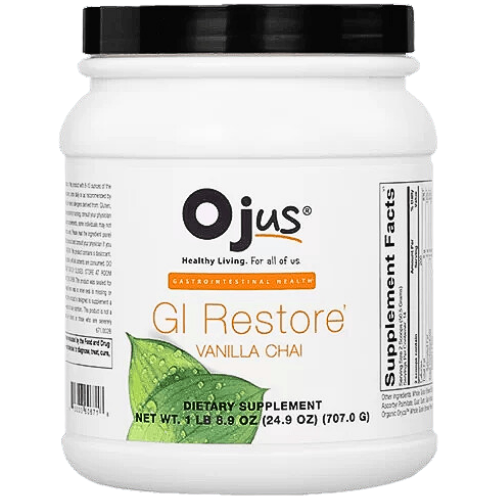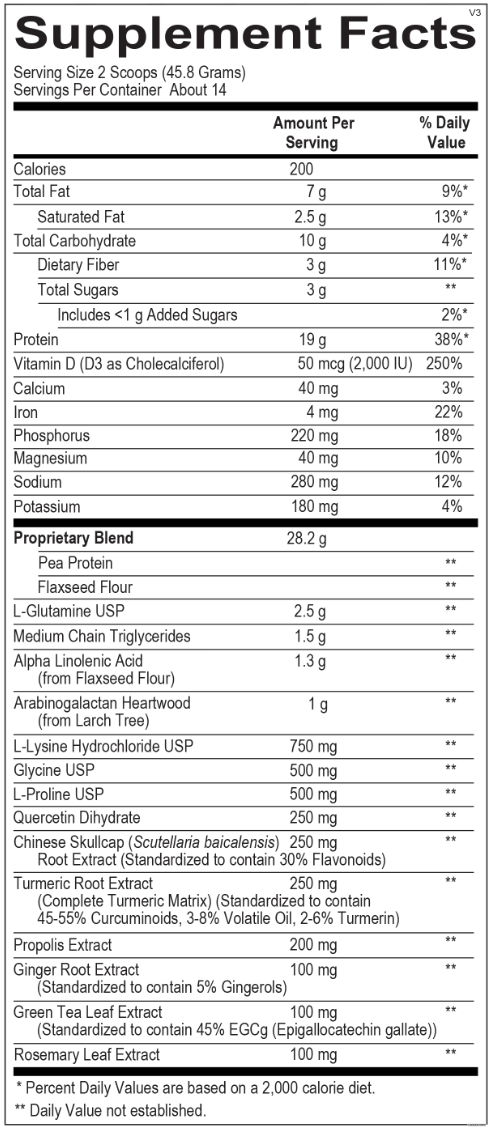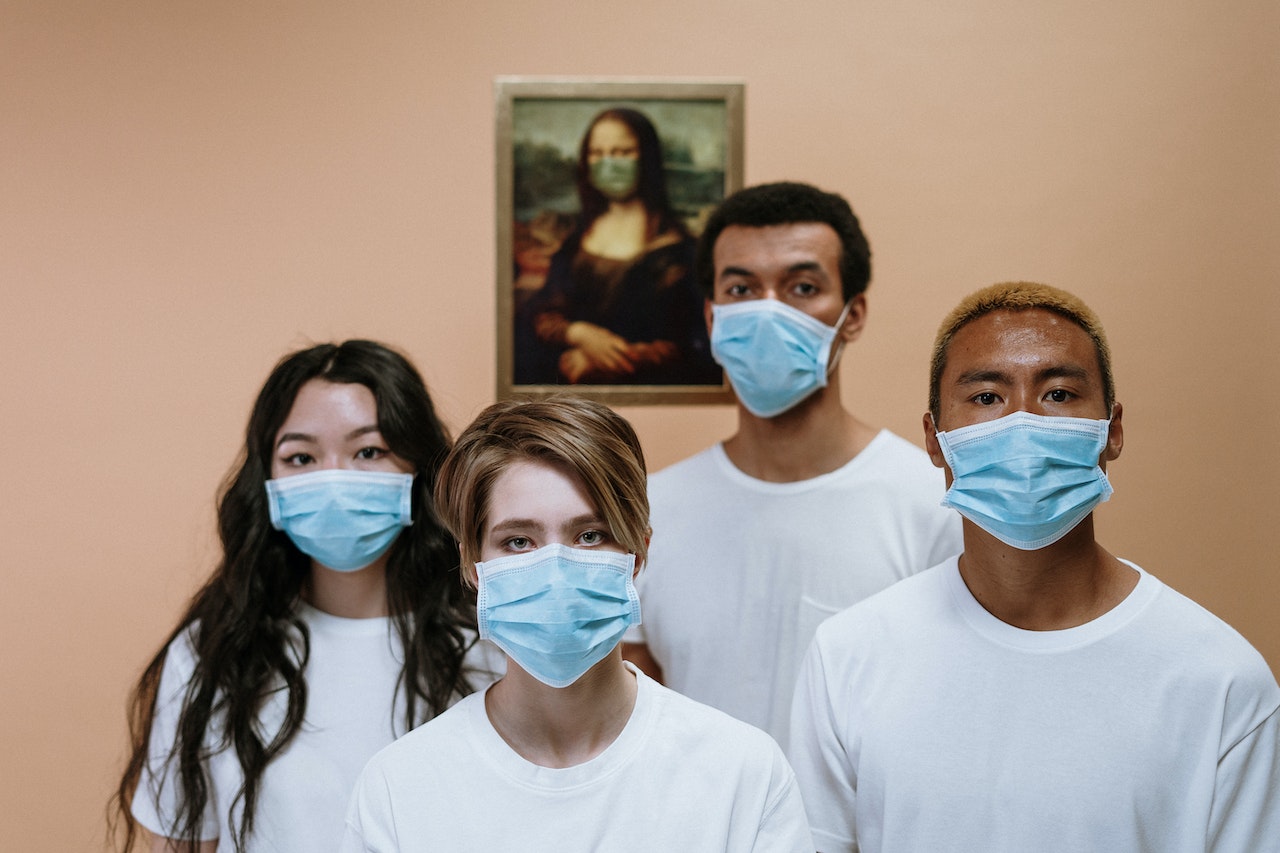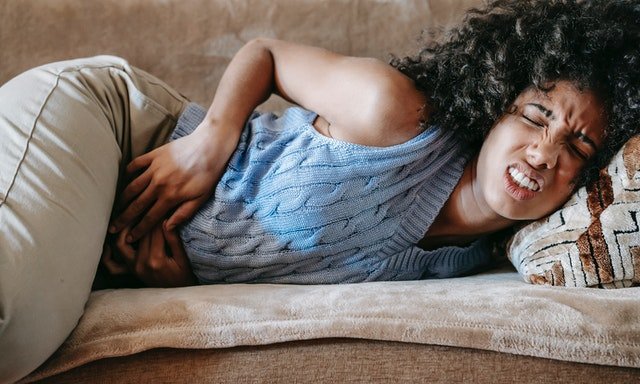
Know About Vaginal Yeast Infection Before You Regret
Dr Anita NischalTable of Contents
| Did you know that vaginal yeast infection is the second most frequent vaginal infection after bacterial vaginal infections in the United States? Approximately 1.4 million people suffer from vaginal candidiasis. Most vaginal yeast infections are triggered by the organism Candida Albicans. |
Also, severe vaginal yeast infections are very common and affect up to 75% of women at some point in their lifespan. Once you get a yeast infection, you are likewise more prone to get another vaginal infection.
Vaginal yeast infections are not believed to be sexually transmitted infection (STI), usually known as a sexually transmitted disease (STD). Sexual contact can spread the vaginal yeast infection, but women who are not sexually active can also get vaginal yeast infection bumps.
About Vaginal Yeast Infection & Its Types
A vaginal yeast infection is contamination initiated by yeast (a type of fungus). Vaginal yeast infection sores are at times described as yeast vaginitis, Candidal vaginitis, or Candidal vulvovaginitis.
It is anticipated that 20% to 50% of women have Candida infection already present in the vagina. If the normal balance of yeast and bacteria is disrupted, it leads to the overgrowth of the yeast and causes a vaginal yeast infection rash.
Types of Vaginal Yeast Infection

The most common kinds are:
- Bacterial vaginosis– Soreness of the vagina because of an overgrowth of bacteria.
- Candida or “yeast” infection– An overgrowth of the fungus.
- Chlamydia- Most prevalent sexually transmitted infection (STI) in women, generally occur in women ages 18 to 35 who have multiple sex partners.
- Gonorrhea- Common infection disseminated through sex.
- Trichomoniasis- An infection that transmits through sexual contact that is caused by a parasite.
- Viral vaginitis- It spreads like the herpes simplex virus (HSV) or human papillomavirus (HPV) i.e., via sex.
Common Signs of Vaginal Yeast Infections
The symptoms of severe vaginal yeast infection are:
- Pain during sexual intercourse
- Pain or discomfort when urinating
- An itchy feeling in the vagina and vulva.
- A thick, white vaginal discharge
- Redness & swelling of the vagina and vulva.
- A burning feeling when you urinate.
Read More
- Reasons Women Experience Pain During Intercourse
- All You Need to Know About Vaginal Discharge & Its Color Guide
- Is Vaginal Dryness Culprit Behind Your Itchy Vagina?
Causes of Vaginal Yeast Infection
Some of the common causes of vaginal yeast infection include:
- Normal changes in hormone levels
- Antibiotics, cortisone, and other drugs
- Pregnancy
- A weak immune system
- A natural reaction to another person’s genital interaction
- Uncontrolled diabetes
- Poor eating habits & taking sugary foods.
- Stress
- Lack of sleep
Yeast infections can occur on penises and scrotums too, but it is not as common and can cause redness and irritation on your penis or scrotum.
Natural Remedies for Vaginal Yeast Infection
Although there is no way to avert a Candida vaginal infection, some home remedies can lessen the risk of fostering a vaginal yeast infection rash. These are:
- Avoid douching.
- Do not use feminine deodorant or deodorant pads or tampons.
- You must wear cotton or other natural fibres underwear.
- Try to wear loose-fitting pants or skirts.
- Must clean your underwear at a high temperature.
- Eat a healthy & balanced diet.
- Quickly change wet clothing, like bathing suits.
- Avoid hot tubs & hot water baths.
Preventive Methods for Vaginal Yeast Infection

Mostly, there is no means to prevent vaginal yeast infections. To feel more comfortable and less irritation in the vagina, you ought to wear breathable cotton underwear and loose clothes. Also, avoid vaginal sprays and douches.
If you are suffering from diabetes, you should keep blood sugar levels under control that will reduce the vaginal yeast infections bumps.
If you think you have a severe vaginal yeast infection, call your doctor for advice. Do not take the leftover antibiotics or someone else’s antibiotics or medicine. Taking antibiotics when they are not required can trigger yeast infections more acutely.
More Recommendations for Vaginal Yeast Infection
Vaginal yeast infections are exceptionally widespread in women and around 3 out of 4 women get more than two vaginal infections in their lifespan.
Despite their predominance, it is vital to care for vaginal yeast infections soon. This will alleviate uncomfortable symptoms and reduce the prospects of the infection becoming more widespread. For this, opt for Vayur– a herbal & natural product formulated by OjusLife.
Vayur comprises a powerful mixture of essential nutrients and botanical extracts that provide immune support and vaginal health. The synergistic blend of botanical extracts black elderberry, astragalus, echinacea, and andrographis, have been used conventionally for clinically useful immune-modulating properties. In addition, it calms HPV, reduces herpes breakouts and diminishes the vaginal yeast infection bumps.
Some of the symptoms of vaginal yeast infection comprise- itching, irritation in the vagina and vulva, a burning sensation, during sexual activity or while urinating, redness and swelling of the vulva. Also, vaginal pain, soreness, vaginal rash, thick, white, odor-free vaginal discharge with a cottage cheese appearance or watery vaginal discharge are some of the signs of vaginal yeast infection.
Most yeast infections are not contagious. Generally, infections happen when conditions on the skin, mouth, vagina and penises/foreskin store extra moisture and warmth, frequently correlated with a restrained immune system.
Minor vaginal yeast infections may heal in as few as three days. At Times, they do not even need treatment. But moderate to severe vaginal yeast infections may take one to two weeks or even more.
To treat vaginal yeast infection at home you must eat a healthy & balanced diet including yogurt. Stay hydrated, wear loose pants, and cotton underwear. Also, keep your vagina clean and dry all the time. Avoid sex with multiple sex partners and always indulge in protected intercourse.
The different types of vaginal infections are as follows:
- Bacterial vaginosis
- Candida or “yeast” infection.
- Chlamydia
- Gonorrhea
- Trichomoniasis
- Viral vaginitis



